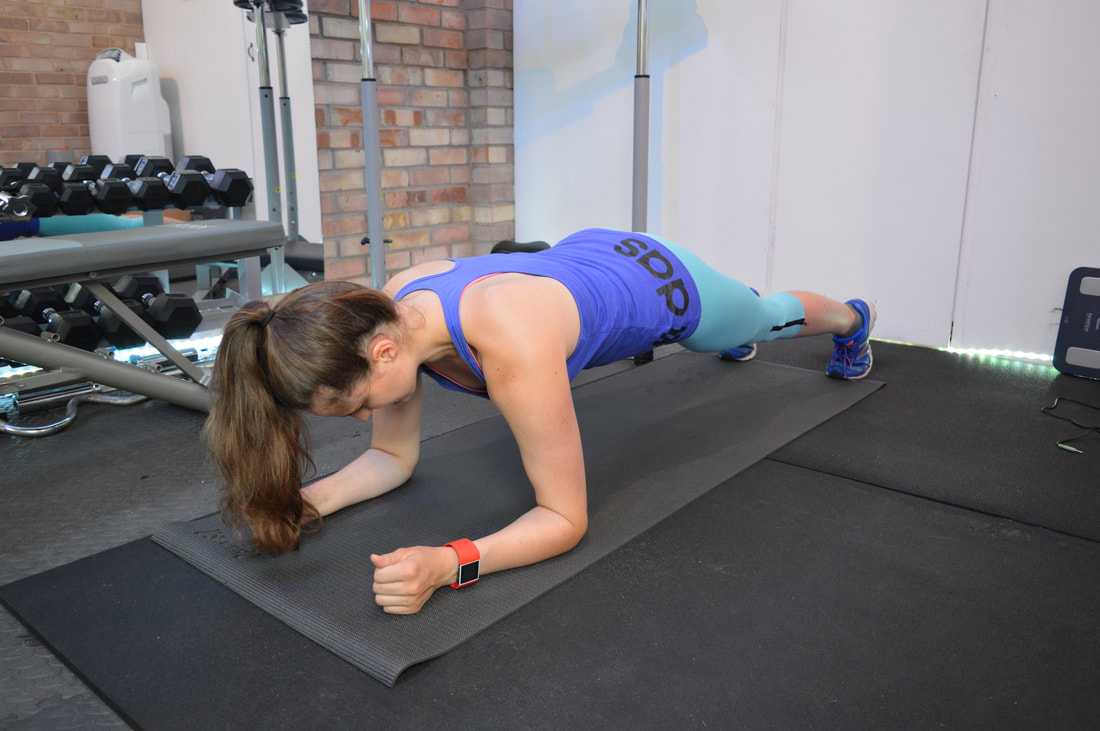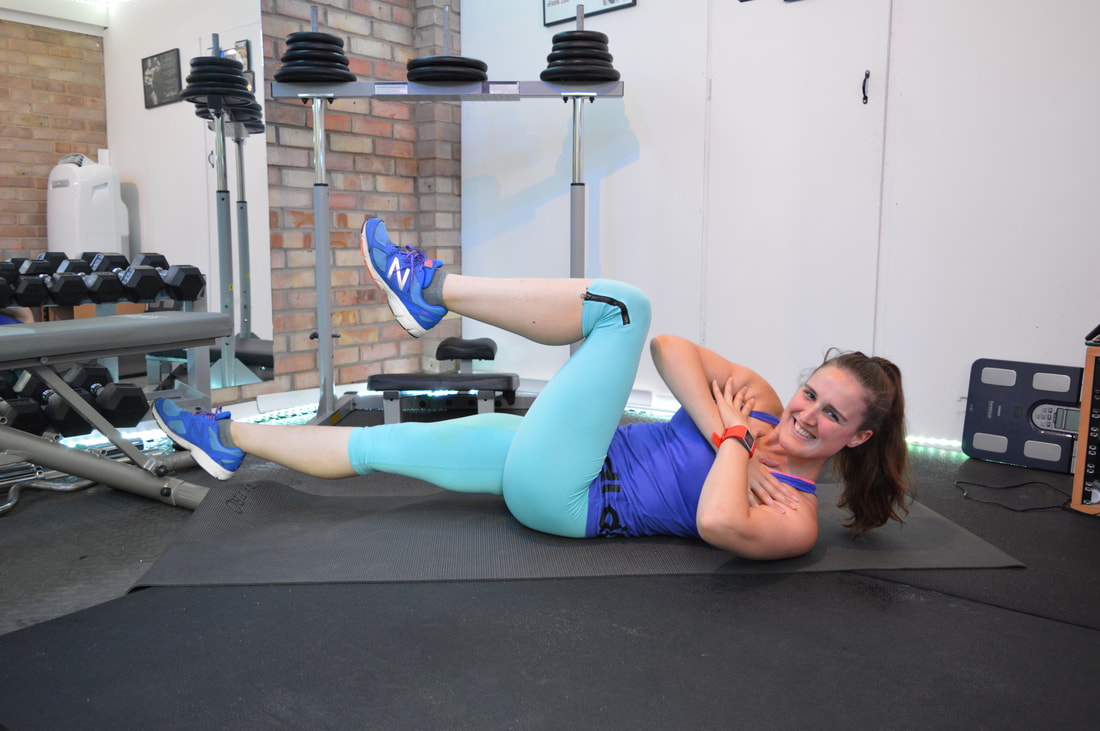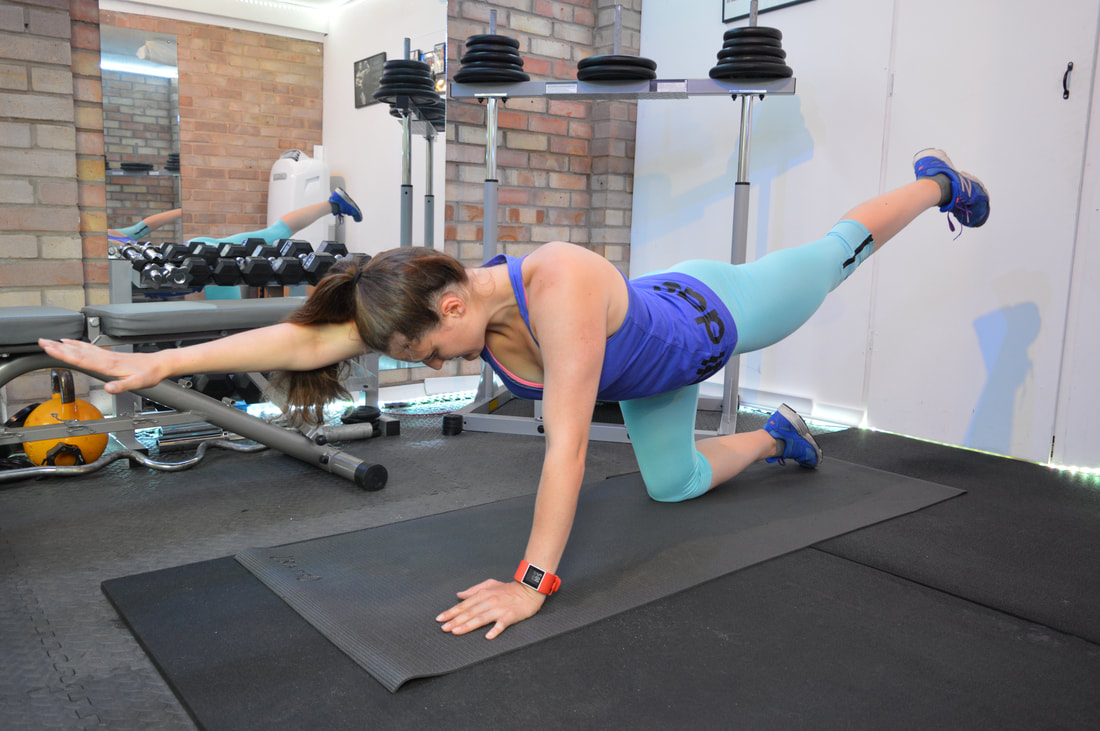|
I’m sure that many of you will have heard the term “core” before. Some of you may know what it is, some may know how you use yours and others have no idea at all. I’m going to take a look at why it is important that we all know what it is and how we work it.
What is our “core”? When we talk about our “core” we are referring to the muscles in our torso, generally people think of their stomach muscles and lower back. Specifically, the major muscles included are the pelvic floor muscles, transversus abdominis, multifidus, internal and external obliques, rectus abdominis, erector spinae (sacrospinalis) especially the longissimus thoracis, and the diaphragm. Minor core muscles include the latissimus dorsi, gluteus maximus, and trapezius. In summary the core involves many muscles some are superficial and can be seen on the surface and others are muscles that lie deep within our torso, it is important to be aware of this when looking to strengthen and engage your core. It isn’t just about bracing your “6-pack”. When do we use our core? - Daily tasks: from housework to gardening, every time you bend, lift, twist or carry something your core will be involved. - Sports: from walking to running, racquet sports to cycling, swimming to golf, you will be using your core to do so. If your core is weak you may find it difficult to do certain movements or improve technique. You may experience pain whilst performing these activities such as lower back pain, if you find this it is worthwhile checking how strong you core is and if you are engaging your core correctly whilst performing that activity. - Posture: in order to stand tall with good posture you need to ensure you engage your core muscles and that they are strong and working correctly and effectively. If you find that you have bad posture it may be because you have weak core muscles. How to engage it In simple terms, you should take a big breath and then you want to try and imagine that you are pulling your tummy button towards your spine at the same time as ‘drawing up’ from the pelvic floor. If you are unsure about how it feels to engage the pelvic floor imagine you want to stop yourself from going to the toilet. Think of the action as ‘hollowing’ out your tummy area rather than just bracing your abs. Some find it quite challenging to get the hang of but once you’ve got it, it is invaluable for all movements whether it be day to day or exercise. There are a number of tests that can be carried out to assess core function. If you would like to find out how well your core functions, get in touch. Exercises to strengthen your core Here are some exercises that you could try at home (seek professional advice if you have any medical issues or are unsure how to carry them out) Plank Lie face down on the floor with feet together and forearms on the ground. Draw abs in and tighten glutes. Lift entire body off the ground until it forms a straight line from head to toe, resting on forearms and toes. Hold. Slowly return body to the ground, keeping chin tucked and back flat. If your lower back starts to ache, or you are dropping or raising your hips out of position either make it easier by dropping down to your knees or rest before trying again. Time how long you can hold it for and try and improve each time you do it. Bicycle kicks Lie on back with legs extended and hands folded across chest. Pull right knee in toward chest while twisting left shoulder toward right knee. Return to starting position and repeat with other knee and shoulder. Bird Dog Balance on hands and knees. Lift right leg and left arm, extending right leg to the rear and reaching forward with left arm. Hold. Repeat with opposite arm and leg. Hopefully that gives you a little more understanding of your core and how important it is. Any questions please get in touch. Vicki :)
0 Comments
Leave a Reply. |
AuthorVicki is a Personal Trainer, and Online Coach with the aim of helping others achieve their health and fitness goals via training and habit building for a healthier lifestyle, for life. Archives
March 2024
Categories |




 RSS Feed
RSS Feed